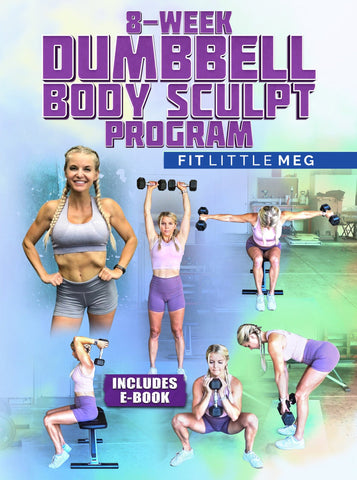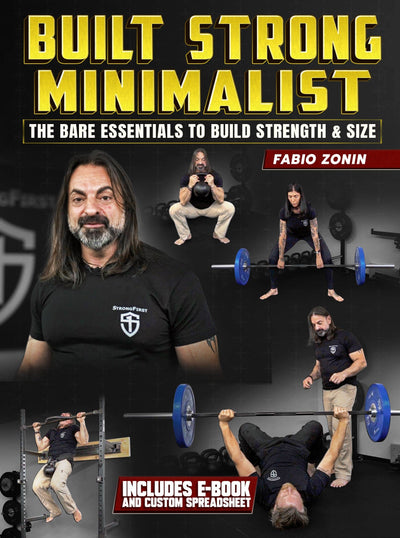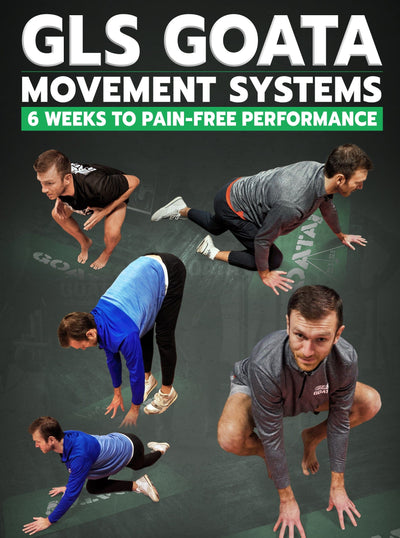Kettlebell Swing vs. Deadlift
When it comes to building strength, enhancing cardiovascular fitness, and sculpting a functional physique, two exercises often take the spotlight: the kettlebell swing and the deadlift. These exercises are cornerstones in the world of strength training, each offering unique benefits and challenges. In this blog, we'll dive into the world of kettlebell swings vs deadlifts, exploring their mechanics, benefits, and how they compare in the quest for a stronger, fitter you.
What this article covers:
Kettlebell Swing: Unleash Explosive Power
The kettlebell swing is a dynamic full-body exercise that originates from the world of kettlebell training. This movement involves swinging a kettlebell between the legs, using the hips and glutes to generate momentum, and then snapping the hips forward to propel the kettlebell to chest level. The kettlebell swing primarily targets the posterior chain—muscles such as the glutes, hamstrings, and lower back. However, it also engages the core, shoulders, and grip strength.
One of the most notable benefits of the kettlebell swing is its ability to significantly improve cardiovascular fitness. The explosive nature of the movement leads to an elevated heart rate, making it an excellent choice for incorporating into HIIT (High-Intensity Interval Training) workouts. This not only burns calories but also enhances endurance and cardiovascular conditioning.
Additionally, the kettlebell swing is a potent tool for developing explosive power. The hip hinge movement pattern involved in the swing trains the body to generate force rapidly, translating to improved performance in sports and other physical activities. Furthermore, the swing's focus on the posterior chain muscles helps in maintaining a strong posture, preventing lower back pain, and enhancing overall functional strength.
Deadlift: Mastering Pure Strength
The deadlift, on the other hand, is a classic compound exercise that epitomizes raw strength. In this movement, a loaded barbell or other weighted object is lifted from the ground to a standing position. The deadlift primarily engages the posterior chain, including the lower back, glutes, hamstrings, as well as the core, grip, and upper back muscles.
One of the key advantages of the deadlift is its application to functional strength. The mechanics of lifting a heavy object from the ground closely mimic real-life scenarios, making the exercise highly practical for everyday activities. This functional aspect of the deadlift sets it apart as an essential movement for building a foundation of strength that can be utilized in various contexts.
Furthermore, the deadlift's intensity makes it a potent muscle-building exercise. The stress placed on multiple muscle groups during the lift stimulates overall muscle growth, contributing to improved body composition. The load-bearing nature of the exercise also promotes bone health and density, reducing the risk of osteoporosis over time.
Comparing the Two
Both the kettlebell swing and the deadlift emphasize the hip hinge movement pattern, which involves flexing at the hips while maintaining a neutral spine. However, they differ in their execution and focus. The kettlebell swing is more dynamic and explosive, involving rapid hip movement to generate momentum, while the deadlift is a controlled lift from a static position, requiring consistent tension throughout the movement.
In terms of intensity, deadlifts typically allow for heavier loads to be lifted compared to kettlebell swings. This makes deadlifts a primary choice for building maximal strength. However, the high-repetition nature of kettlebell swings can lead to cardiovascular benefits that are not as pronounced with traditional deadlifts.
When it comes to injury risk, both exercises require proper form and technique to minimize the risk of injury. However, deadlifts, especially when performed with heavy weights, can put more strain on the lower back. It's essential to approach both exercises with caution, starting with lighter weights and mastering the correct form before progressing to heavier loads.
Conclusion
In the kettlebell swing vs. deadlift debate much like the kettlebell vs dumbbell, there's no definitive winner. These exercises can complement each other within a well-rounded strength and conditioning program. If you're looking to enhance explosive power, cardiovascular fitness, and target the posterior chain, kettlebell swings are an excellent choice. On the other hand, if your goal is to develop pure strength, functional prowess, and overall muscle growth, deadlifts should be a foundational component of your routine.
Remember that successful training lies in proper form, gradual progression, and consistency. Consulting a fitness professional to tailor your routine to your goals and physical condition is advisable. Whichever exercise you choose, embrace the journey of becoming stronger, healthier, and more resilient—one swing or lift at a time.
Did you find the blog helpful? If so, consider checking out other guides:
- Kettlebell Curls
- Kettlebell Hammer Curl
- Kettlebell Crush Curl
- Kettlebell Towel Curl
- 10 Minute Kettlebell Workout
- 20 Minute Kettlebell Workout
- 15 Minute Kettlebell Workout
- 5 Minute Kettlebell Workout
- 45 Minute Kettlebell Workout
- Upside Down Kettlebell Press
- Seated Kettlebell Press
- Standing Kettlebell Press
- Double Kettlebell Press
- Kettlebell Side Press
- Landmine Kettlebell Press





